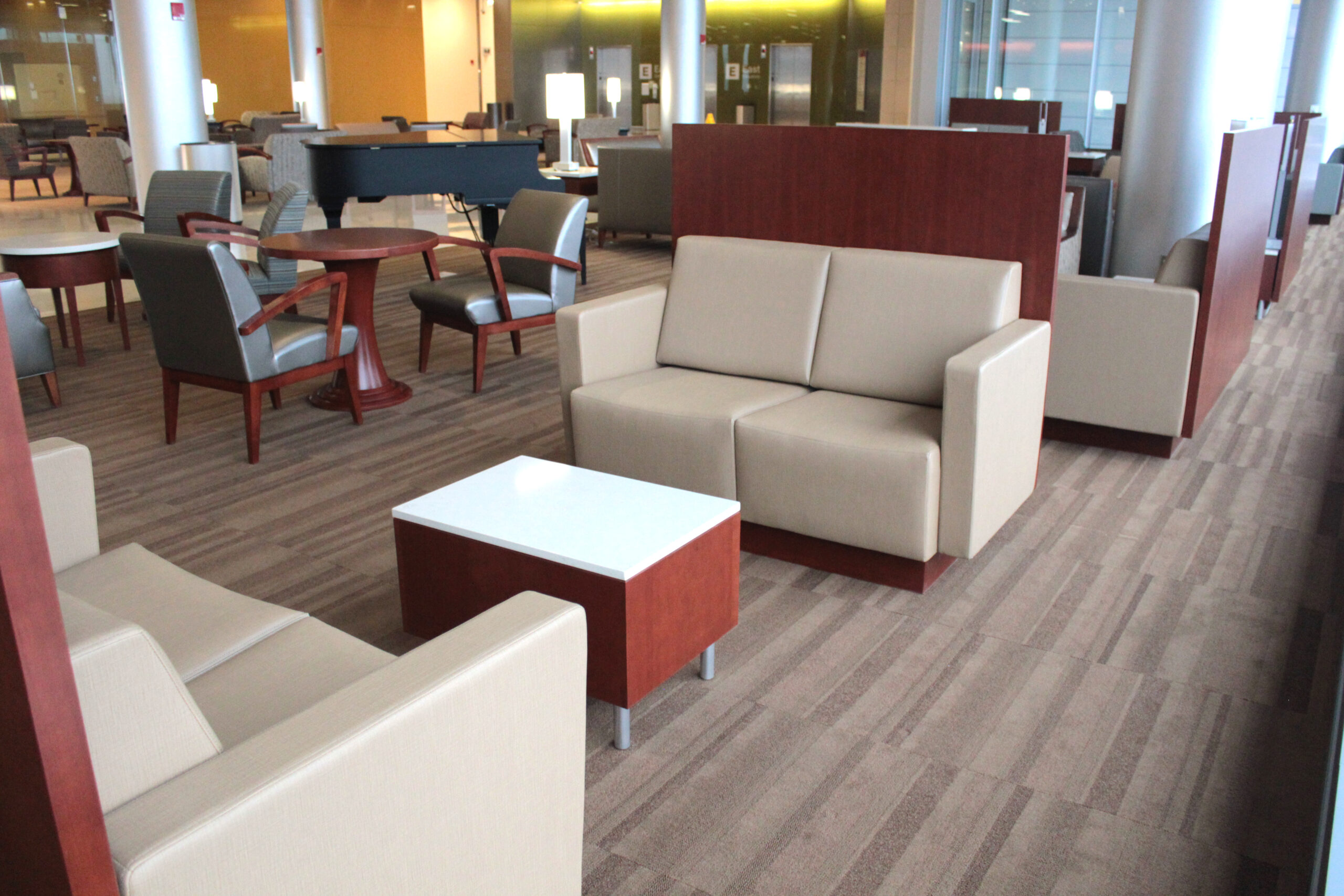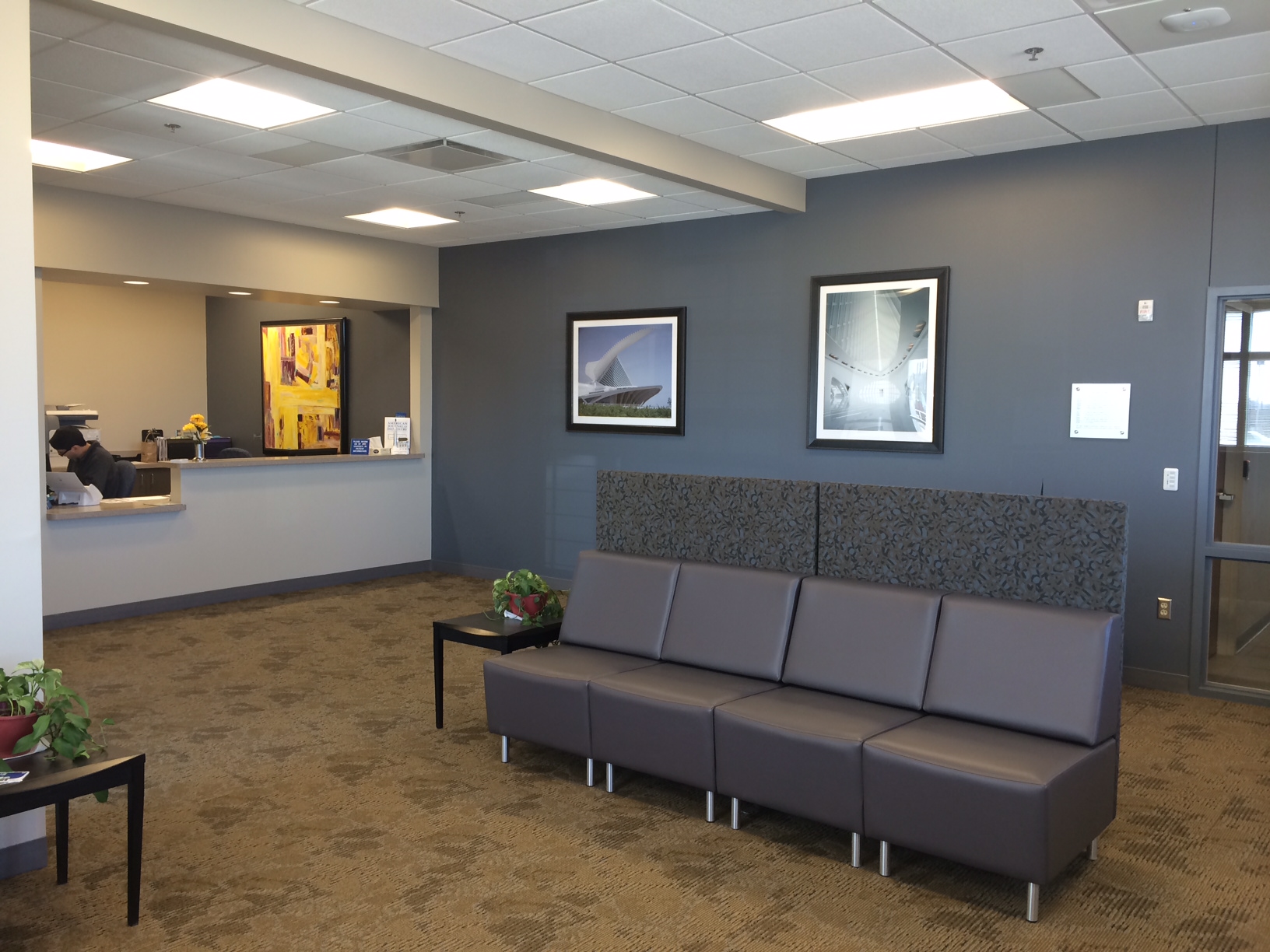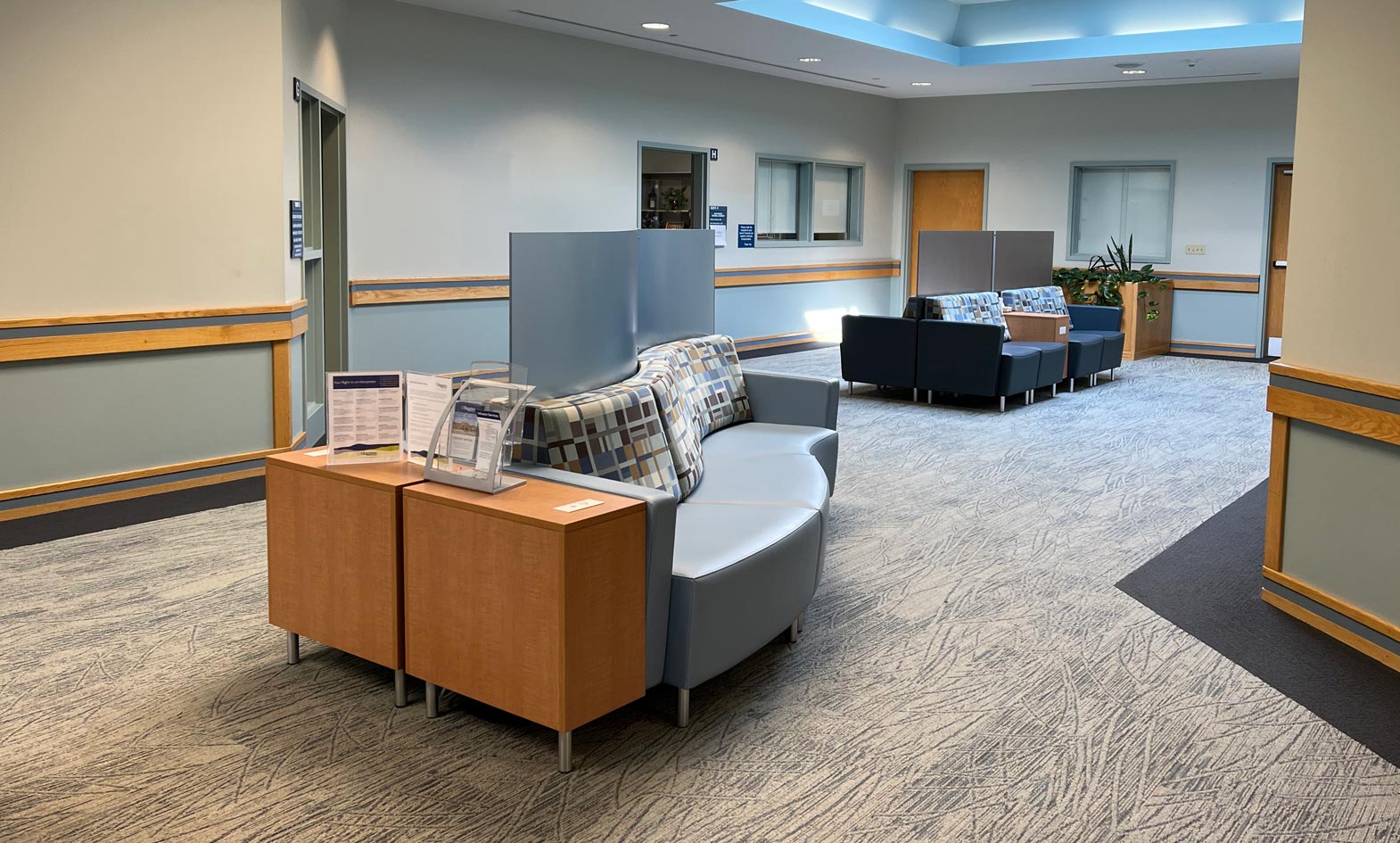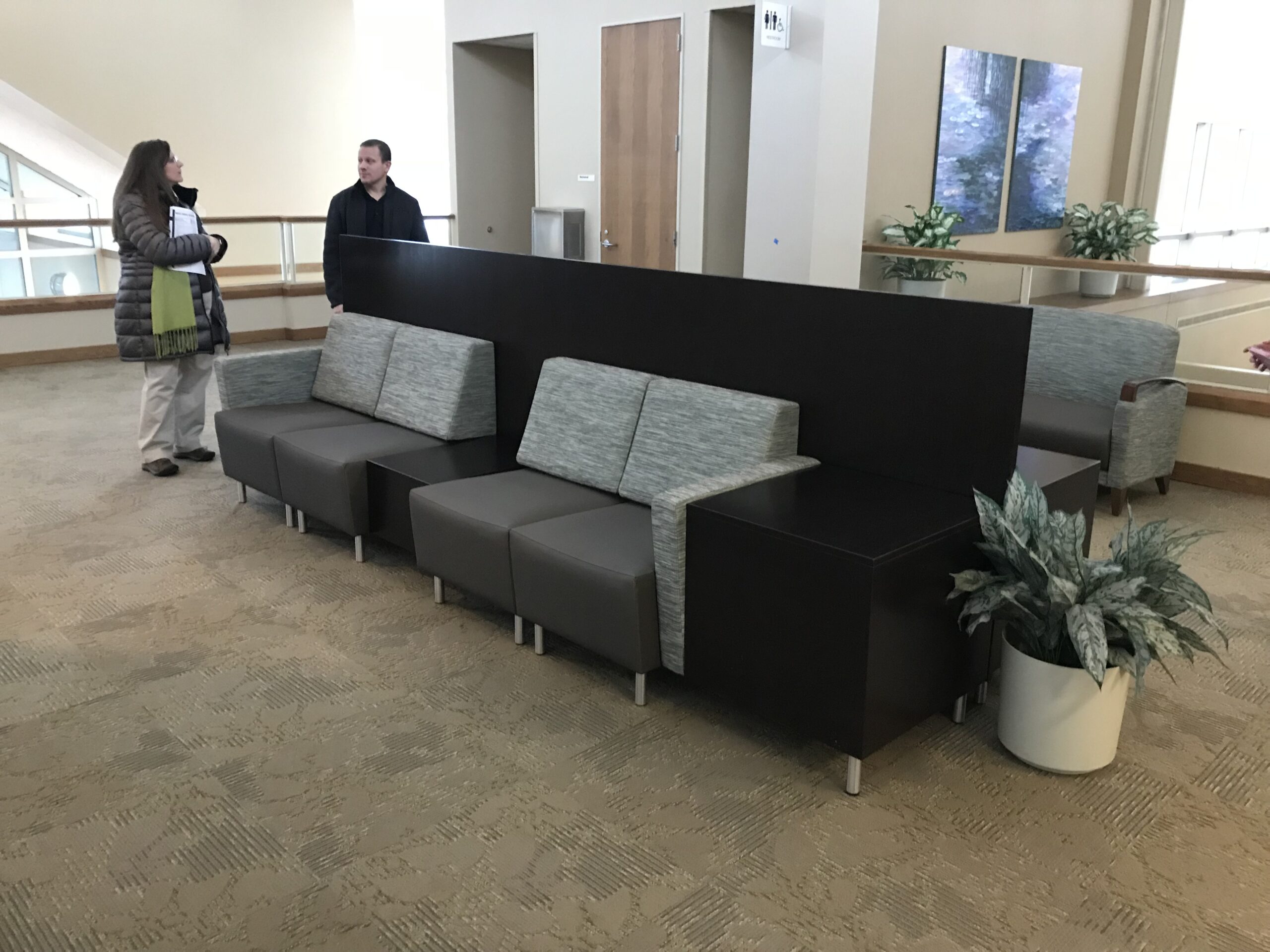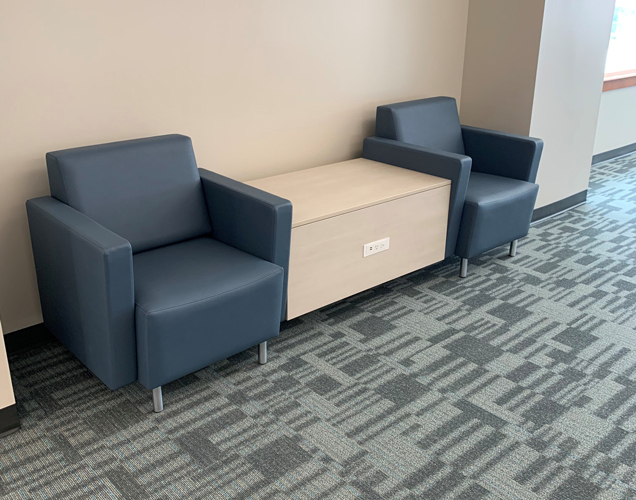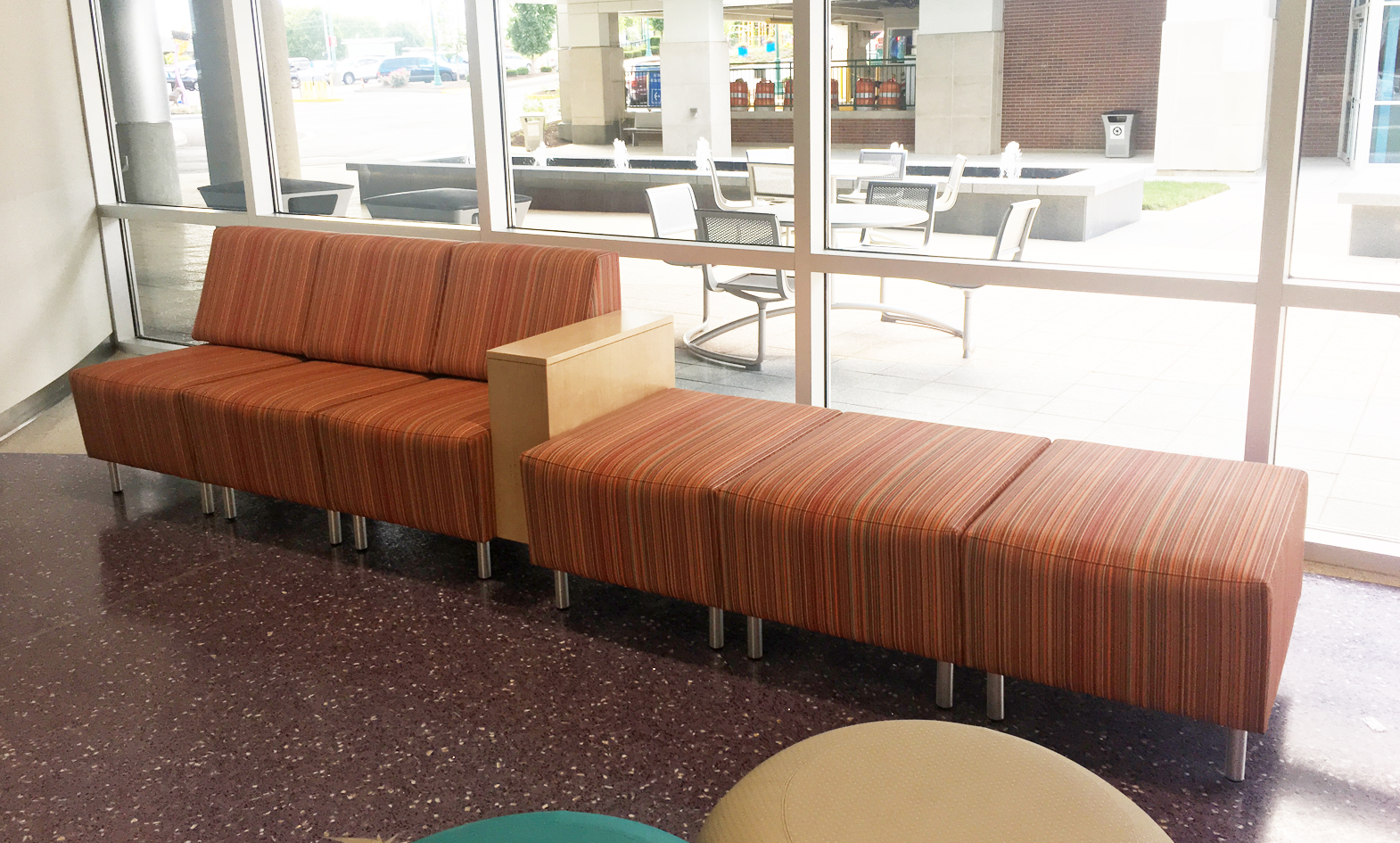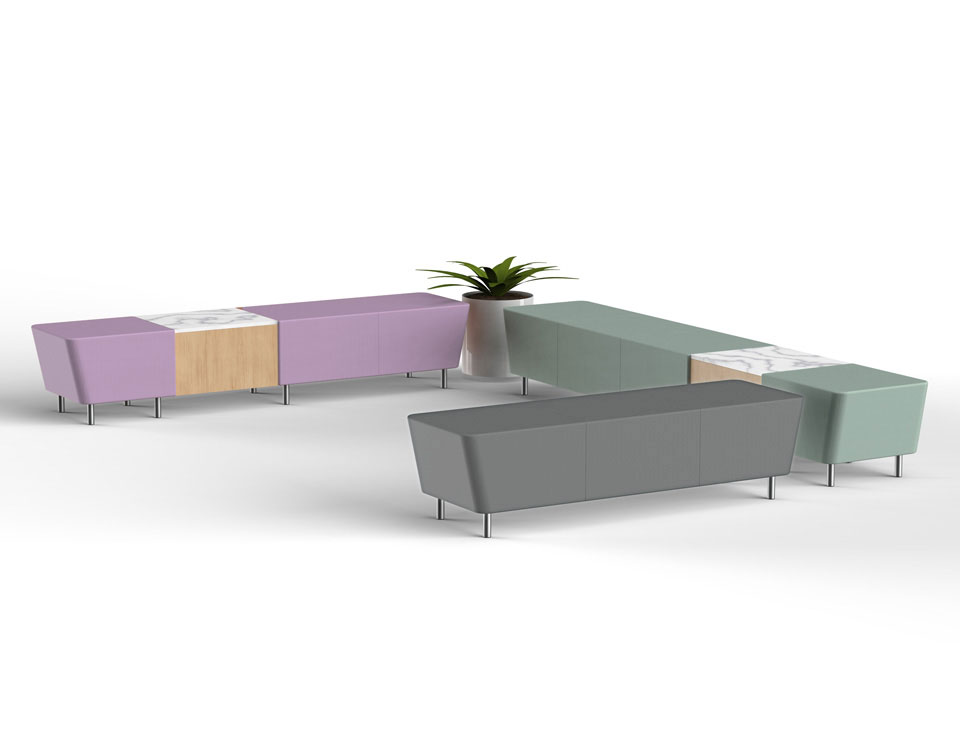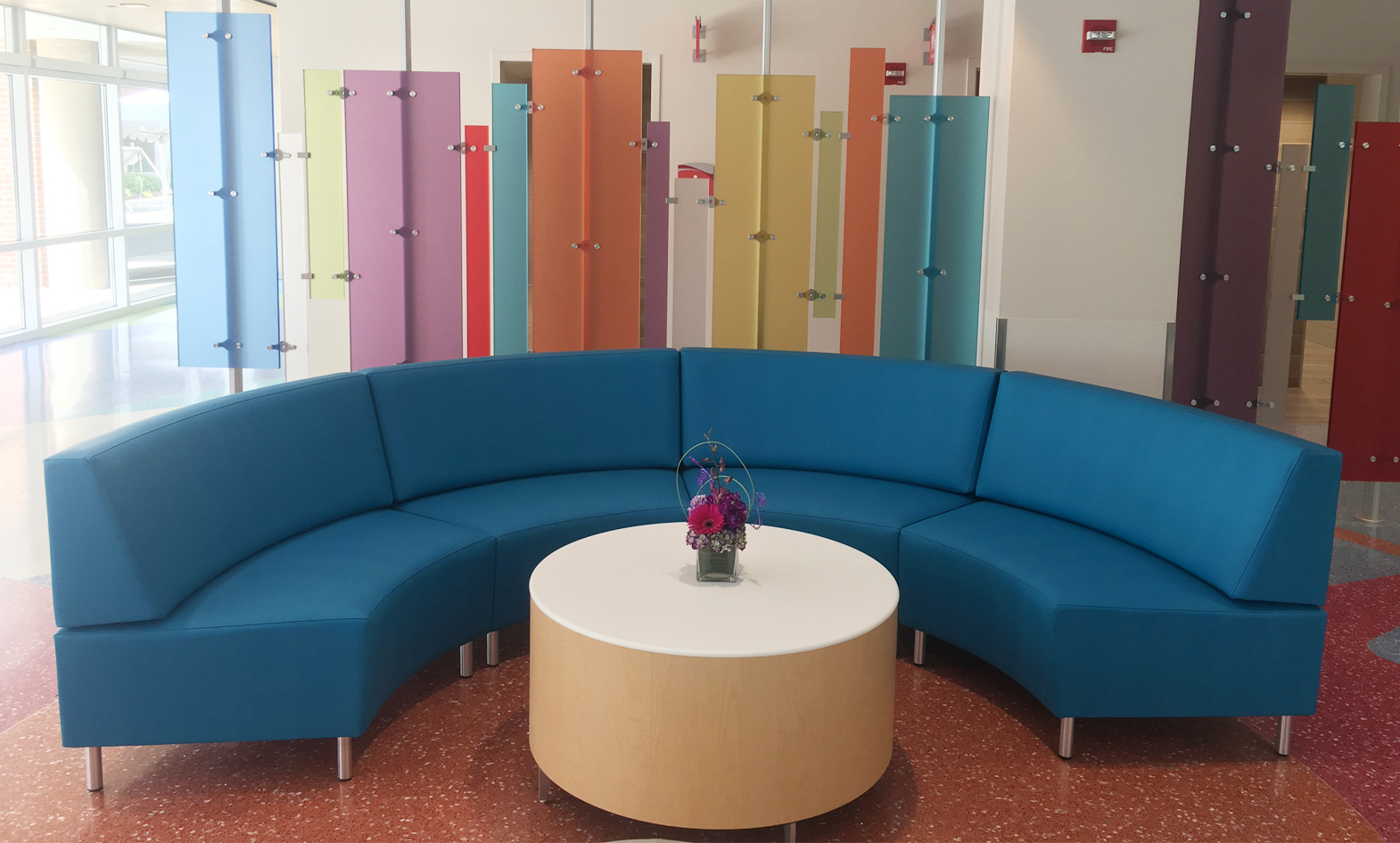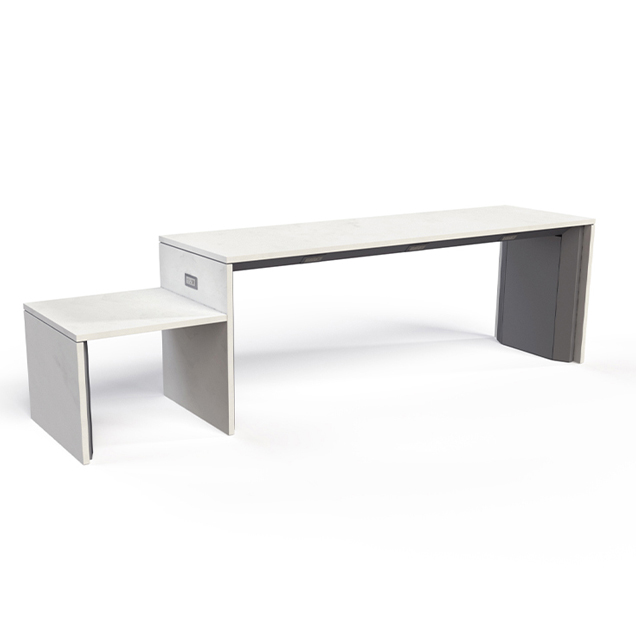
In the landscape of healthcare environments, the presence of intentionally-designed furniture is far more than just a choice of aesthetics. Furniture in healthcare spaces plays a pivotal role in determining the overall user experience, shaping the mental well-being of both the patients and their families. The crucial link between furniture and stress reduction cannot be overstated, particularly in such a high-stress setting.
Medical visits are often associated with feelings of anxiety, worry, or fear for many individuals. A well-curated environment that encourages comfort and relaxation can help mitigate these feelings, making the environments feel more welcoming and much less intimidating. It’s not just about providing a physical place to sit, but creating spaces that support positive psychological and emotional states.
This is what we are passionate about here at Agati Furniture. Our purpose is to design for human behavior through innovative furniture solutions. We want to maximize furniture to help people relax, focus, connect, and feel safe.
In healthcare, every detail counts. Furniture can be more than merely functional; it can be transformative. The environment itself is a key to the facility becoming a sanctuary of recovery through comfortable, durable, and beautiful furniture solutions.
The consideration of the furniture design in healthcare is a testament to the concept that environmental design matters, significantly impacting patient experiences and their stress levels. Effective seating solutions that reduce stress contribute to a more effective and holistic approach to patient care.
There are several ways hospitals and healthcare environments can use seating to reduce stress and prioritize comfort for their patients and visitors:
1) Separation in Waiting Rooms
One of the primary opportunities to improve customer experience in healthcare environments is in waiting areas. These areas often prioritize function over style by cramming in the maximum number of seats possible. This means there can be minimal separation between you and another patient. While already experiencing stress due to the reason for your visit, there can be added stress from the concern of transferred germs and a lack of privacy or personal space.
Even if someone is visiting a family member or friend, it’s important they have a safe haven to await news of their recovery and process any emotions before or after the visit.
By providing creative seating options that offer separation from other waiting patients while minimizing the loss of seat quantity, you can greatly alleviate the stress associated with the waiting room experience.
This isn’t just about physical distance, either. Separation through added privacy screens and furniture orientation are effective tools to accomplish this as well.
2) Multi-Functional Environments & Power Access
Healthcare facilities have needed to navigate rapid advancements in technology just like other public spaces. As a core part of culture and connection today, accessible power is another core part of making patients and their family feel safe. Not only can this help them get work done during waits, but power access is also a part of providing the peace of mind that they won’t miss an important phone call or text.
When we think of the value of multi-functional environments throughout a healthcare facility like a hospital, it’s important that we consider the vast needs space users may have. This could include:
- Waiting for a patient who is having surgery or a check-up
- An employee or family member grabbing a coffee during a break
- A visitor who needs some space to knock out remote work
- Someone taking a private phone call
- And the list could go on…
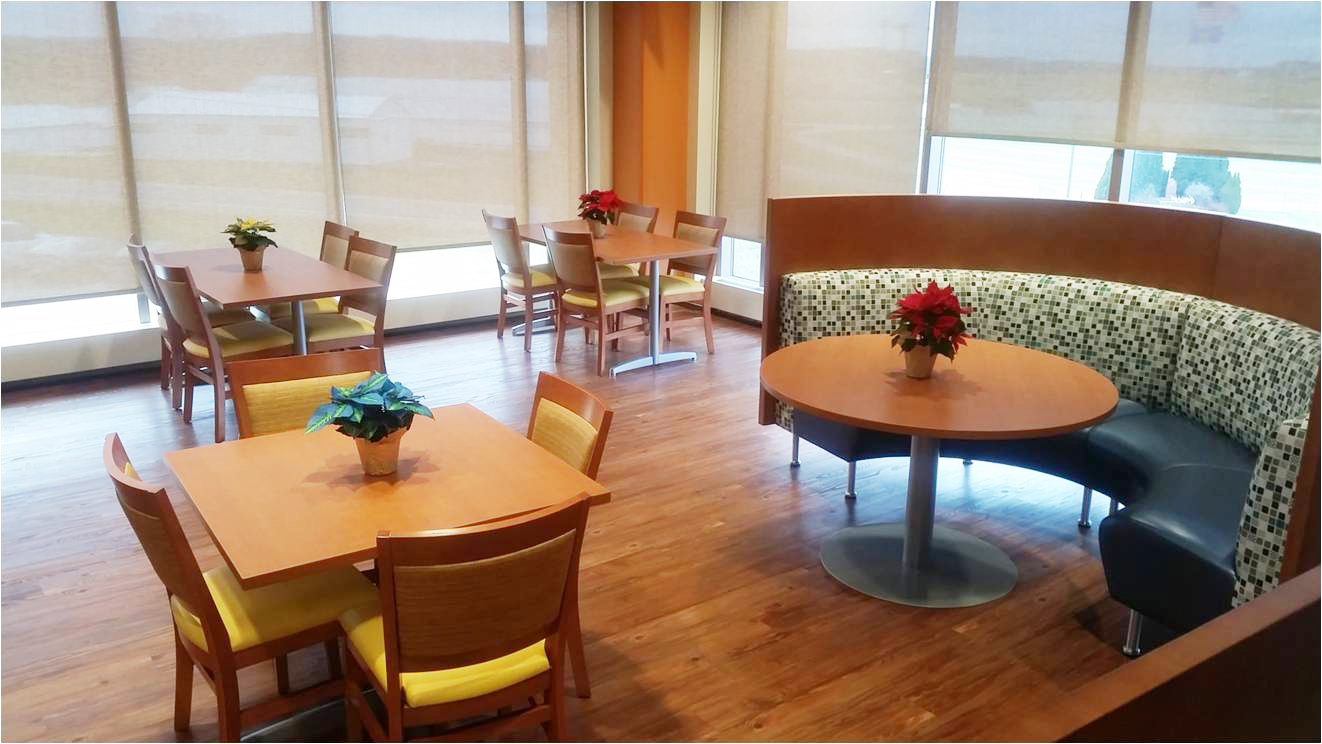 Outside of patients’ rooms, you can help reduce stress by thoughtfully providing multi-functional environments in cafeterias, waiting areas, and lounges. With the right furniture, these spaces can also serve as a workstation, phone booth, recovery space, and much more.
Outside of patients’ rooms, you can help reduce stress by thoughtfully providing multi-functional environments in cafeterias, waiting areas, and lounges. With the right furniture, these spaces can also serve as a workstation, phone booth, recovery space, and much more.
This is another core example of how furniture is the backbone of someone’s experience in your space. Can they easily accomplish what they need to? Do they feel supported through their entire visit? How can we creatively use furniture to meet needs for patients, visitors, staff, and anyone else who needs to utilize the facility?
3) Versatility & Mobility
Let’s think about a patient’s room now…
Comfort has always ranked at the top of the list when it comes to furniture preferences, especially for patients that require an extended stay. However, we also have to think of our patient’s support people, whether that is one person who stays with them the entire time or a large, multi-generational family support system.
Versatility and mobility are crucial when we think of patient rooms in this way:
- Will someone need to sleep on the furniture offered?
- Can someone charge their devices easily?
- Will people be using the couch to visit only? To stay the night? Both?
- Will there be multiple visiting, and can the furniture offered support that?
- Is the furniture light enough to be moved by a visitor so there are minimal risks for any type of injury?
- Will someone need to be working remotely while visiting in the space? Is there a desk or surface that can be used?
- Can furniture be moved close to a bedside for close conversation and moved quickly out of the way when care needs to be administered to the patient?
These are all important questions to be asking, and should inform the furniture we offer in patient rooms specifically.
4) Combining Aesthetics & Durability
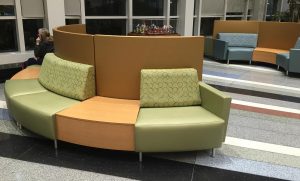
It’s not uncommon for healthcare institutions to lean more towards emphasizing durability than aesthetics in furniture due to the strong cleansers and disinfectants required in a medical facility.
However, you shouldn’t have to sacrifice aesthetics for durability.
By incorporating curves and thoughtful colors into your furniture, you can create an environment that is both calming and pleasing to the eye.
Color has the ability to affect our mood and focus. According to Kathie Engelbrecht, Assoc. IIDA, in The Impact of Color on Learning, “Humans were also found to turn inward in monotone environments, which may induce feelings of anxiety, fear, and distress resulting from under-stimulation. This lack of stimulation further creates a sense of restlessness, excessive emotional response, difficulty in concentration, and irritation.”
In the study Healthcare and Hospitals: Furniture Trends of the Future, Sara Merberry, a Healthcare Design Consultant, said, “Hospitals are places where both patients and staff are under tremendous stress. Designers should be choosing furnishings and fabrics with empathy towards the patient experience.”
In order to support patients in an empathetic and meaningful way, without having to replace our furniture every few years, it’s crucial that we combine beautiful design with long-lasting durability in healthcare facilities.
5) Inclusive Design
One in five people in the United States is a person with a disability, which could include a mobility or physical disability, sensory (vision or hearing), intellectual, psychiatric, or other mental disability. (source)
ADA-compliance is a crucial part of furniture choices in healthcare facilities, from space design and furniture orientation to the accessibility of the furniture itself.
Consider this also: 50 years ago in 1970, the life expectancy was 70 years old. Today, life expectancy has increased to 78.8 years old. With the increase in average life expectancy, there is a wider range of ages your seating needs to accommodate. When selecting furniture for your waiting rooms, lounges, cafeteria, and patient rooms, you need to consider every user. Choose seating options that the elderly can get in and out of with ease and ensure there is adequate spacing between furniture to accommodate wheelchairs and strollers.
Furniture in hospitals and clinics plays a pivotal role in determining the overall experience of a user of your space, shaping the mental well-being of both the patients and their families. By remaining mindful of how furniture can reduce stress in healthcare environments, you can help everyone feel more at-ease and have a better experience while they heal.
Interested in how Agati Furniture can help improve the customer experience in your healthcare facility? Get in touch with one of our design experts today!
